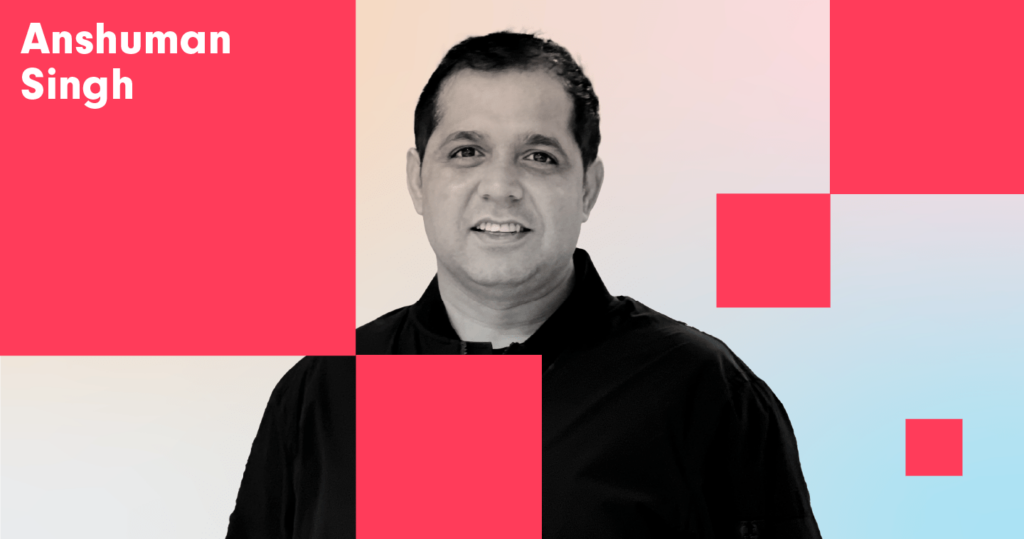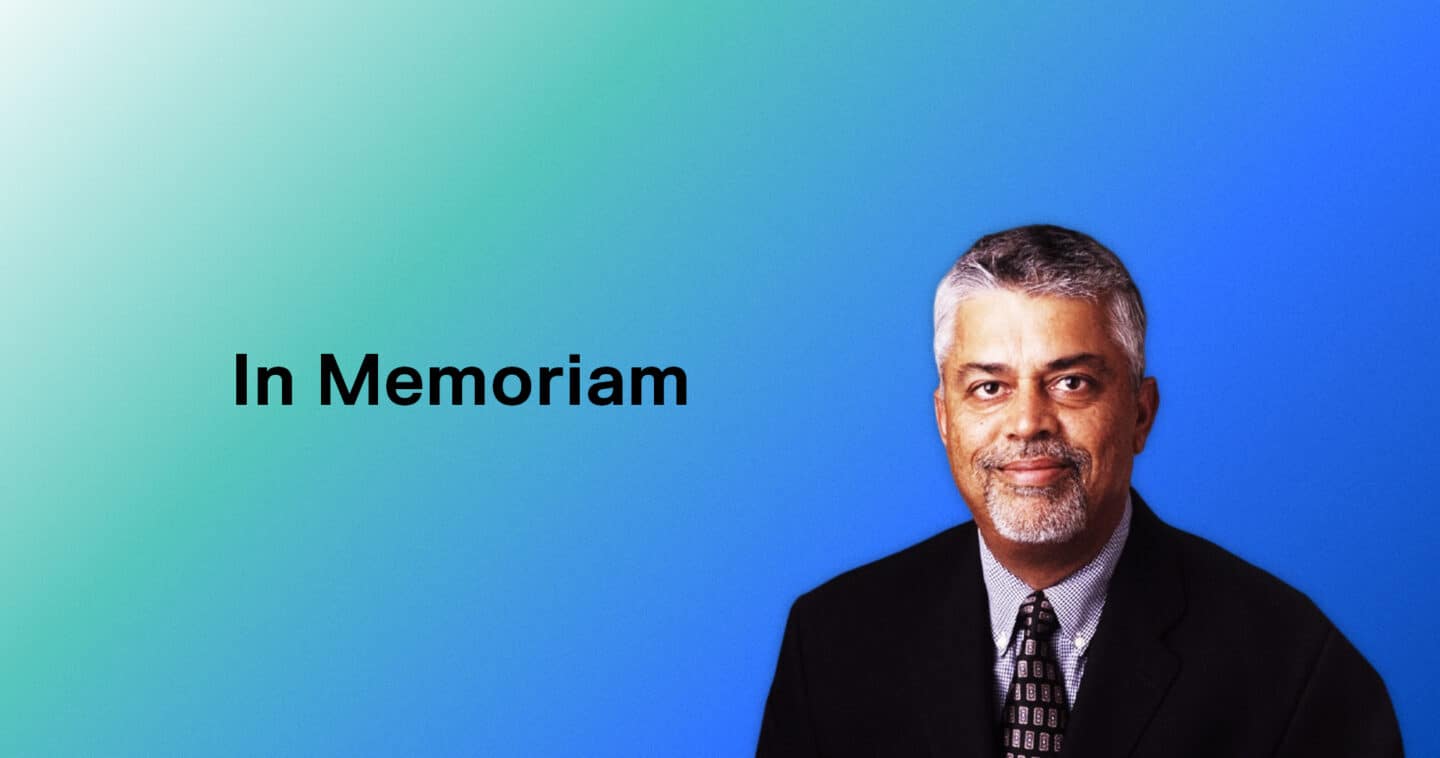Anshuman Singh: Unruly Curiosity
As a child, Anshuman Singh, director of software development engineering at Western Digital, was electrocuted while taking apart the family Christmas lights. On another occasion, he was found sitting underneath a school bus, trying to see how it runs. And his parents were less than amused when he irreparably disassembled the family’s TV while they were out on an evening walk.
Singh was a child with unruly curiosity. His quest to understand how things work was not always easy nor embraced by those around him. “Though my parents did not rightly approve of everything I did as a child, they provided complete freedom to figure out my own path,” he said.
“My curiosity was everywhere”
It took Singh a few years to find a framework to constructively (and safely) channel his curiosity. Educational institutions helped him explore his love for science, physics, math, communication, and computer science.
Singh eventually became an engineer and after some years in the field, he took on a role as one of the first software engineers at SanDisk in Bangalore (later acquired by Western Digital).
Missing data
In 2013, three years into working on analytics and testing schemes for new flash memory products, Singh was invited to a meeting at SanDisk’s headquarters in Milpitas. He sensed something big was about to happen.
His intuition was right. Singh was asked by the vice president of corporate engineering to build a data analytics platform to power product engineering of new solid-state drives (SSDs) for personal computing.
Singh was delighted. But when he asked to see the data for instituting analytics, the answer was, “we don’t have a mechanism to create the data.” When he looked for the test automation system that captures data, he found none.
Realizing there was no underlying infrastructure or process for gathering data analytics, Singh nearly walked out. “The only moment I have ever thought of quitting was that initial one,” he said. But after some thought, Singh realized this was an opportunity to make a meaningful difference. So, he rolled up his sleeves and got started.
Starting from scratch
Singh’s first target was automating product development tests. Until that point, those processes were manual. One engineer would develop the script while another would run the tests. Logs would be sent to a different team for analysis, and when a failure was detected, someone else would try to figure out what went wrong.
Singh needed to connect the dots. He wanted engineers to be able to run tests and access results at any of the company’s global labs right from their desks. And once he made those testing processes a mouse click away, Singh created a robust database backend to collect data at every step.
Finally, when these two systems were in place, Singh could start building those data analysis tools.
A decade in the making
Since that rocky start, Singh’s team has grown to 50 engineers. They support the entire Western Digital flash memory product business with frameworks for dozens of consumer, embedded, and enterprise products.
The scale of their operations is impressive. One tool Singh’s team built tracks 60,000 indicators to give business stakeholders an unerring view of development progress.
Another engineering analytics platform can churn real-time data from 10,000 solid-state drives in parallel. And that robust database? It now contains multiple petabytes that are all at the fingerprints of data scientists.
“Change is something we have to keep doing”
With this hugely complex undertaking, it is somewhat surprising to hear Singh say, “the technical part is in many ways the easiest: just go and build it.”
Singh has a modest view of the undertaking and technical prowess of his team. But it’s more than that. For Singh, deciding what to build has been a far more puzzling challenge. “No one can necessarily tell us what tools need building,” he explained.
With no instructions or manual book for his role, Singh relied on his curiosity. His intrinsic desire to understand how and why engineers perform tests in a specific way is what helped him identify gaps. His insatiable quest for information allowed him to zero-in on processes that he could significantly improve.
Those improvements have been substantial. Singh’s team has not only helped create a multifold increase in the efficiency and quality of Western Digital product development. They also enabled inventors to explore data in brand new ways.
The speed of innovation
Singh doesn’t have much time to reflect on his success. Each new generation of flash storage products can pump much more data at much faster rates than previous generations, requiring his team to constantly develop new tools and testing schemes.
“To keep pace with technology, we have to make sure we move even faster,” he said. For Singh, this means a path of unabating exploration, a perfect match for his unruly curiosity.




